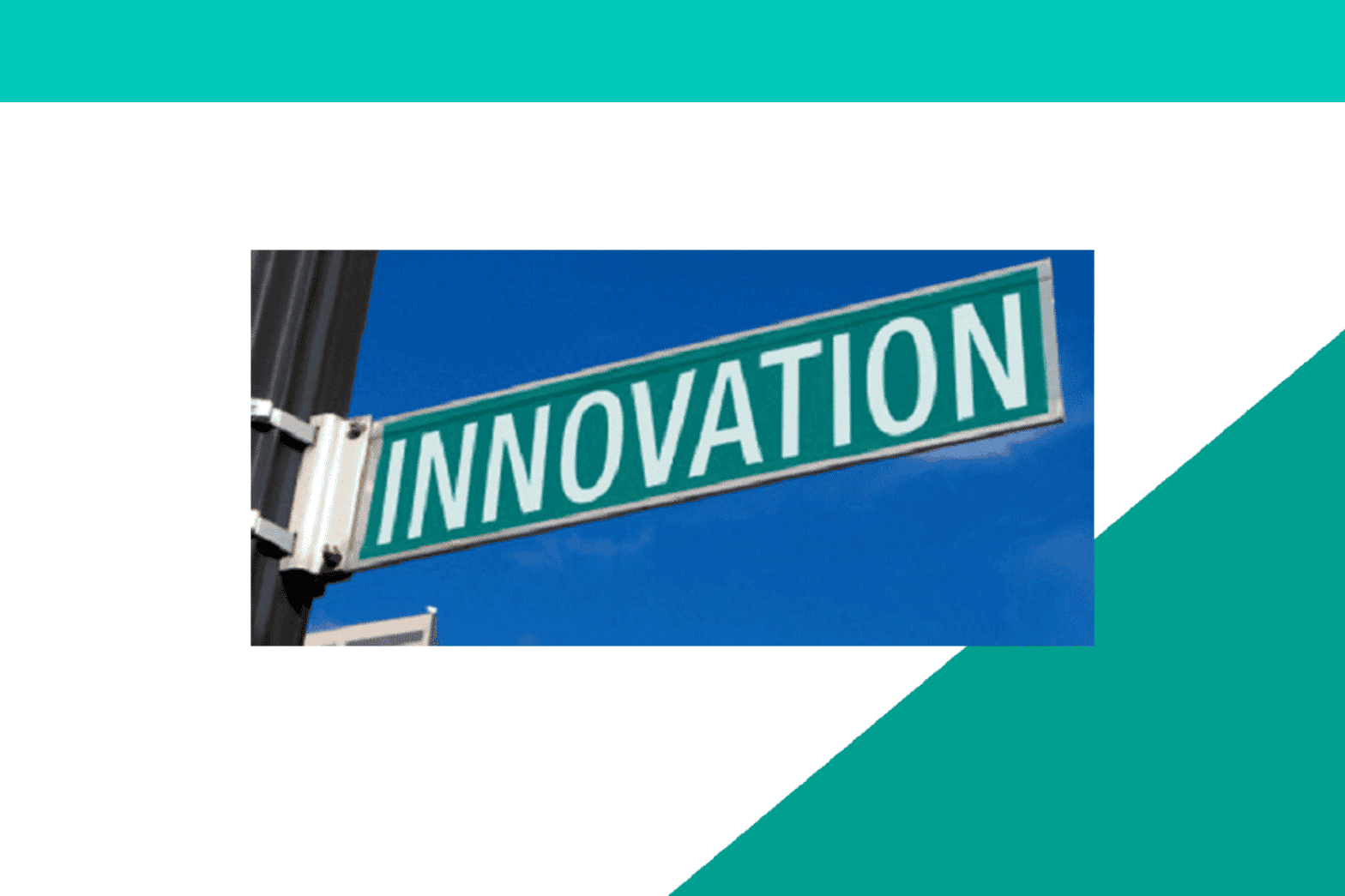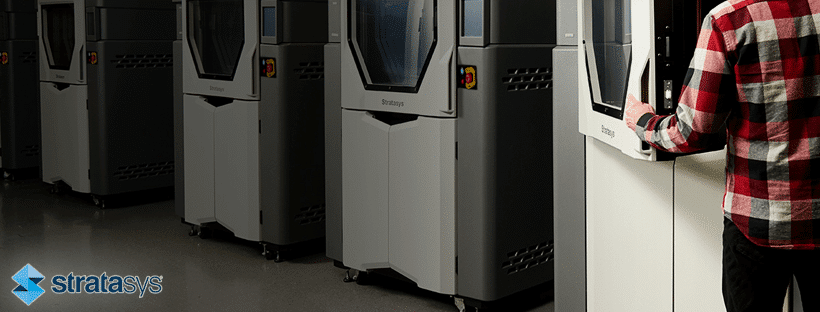When people talk about innovation, they often do so in a very abstract and non-specific way.
However, it is even rarer to find tangible examples of people who put this into practice instead of theorizing about it.
This is why, when Giorgio Bosio of Motive Srl recounted an anecdote to me on this subject, I thought that it might be really useful to put a post on the blog about this (P.S. if you’re interested in getting to know Motive Srl better, you’ll find a great interview in this article).
What will you find in this case study?
- The additional ingredient to enable your technical department to become innovative
- How to convert your customers’ requirements (sometimes unintentionally) into opportunities
- How to offer opportunities to the market, fully aware of your design and manufacturing capability
- How to create new scenarios by resolving one problem at a time
And all this without any need to reinvent the wheel!
But let’s return to my story.
A few years ago, the technical director of a leading multinational company specializing in the manufacture of electric motors came up to our stand at the Hannover Messe and, in the casual way frequently used by managers, he started openly admiring and commending them, without any hint of rivalry.
When he found out that I could speak his language, he told me with a smile that in the company that he managed, there were a thousand designers and researchers who, contrary to their determination to excel, amaze and stay at the forefront, were held back by their own technical people, caught up in an unending series of obstacles and restrictions which undermined their ambitions.
So, every year when he passed by the Motive stand, he would discover that whatever they said was impossible in reality had been achieved.
I replied to him that, in my view, the reason for this was the number of technical people (too many) and the typical mentality of people in this role. They have analytical minds capable of capturing every detail of the problem, but lack the ability to synthesize and are not good enough to devise solutions in unconventional ways.
They could make improvements and resolve the problem by themselves, but not think up something that still doesn’t exist.
This is why an ingredient needs to be added to the technical department.
Perhaps what makes Motive different is that company management input coming from the customer is added to the technical team: it observes how they work and thinks of different scenarios. More importantly, it’s about using imagination because, if we had to ask the customer what else they wanted from us, they would give us a list of those products and services provided by our rivals which we still cannot offer; in other words, they would never mention that they needed something that they still hadn’t seen.
Therefore, the process is underpinned by a company management capable of analyzing the customer’s processes:
- It observes how they work
- It identifies weak points and notices opportunities
- It analyses the data that have been collected and compares them with their own design and production capabilities
- It identifies the resources and skills required
If all this is possible, the state of the art can be improved or even something that doesn’t exist yet can be created. This is how a new product comes about at Motive.
Just imagine, for instance, our NEO-WiFi motor inverter.
Patented internationally, the only remote-control motor inverter in the world.
Radio control is certainly not a technological novelty. But why hasn’t an application been invented before, like the one for the inverters, where the distance between the control unit and motor is so restricted by both the installation costs and technical problems, such as electromagnetic compatibility, and where this distance continually causes such a problem that the unit has to continue using mechanical throttles?
For example, every time I go to the Hannover Messe, I notice all the publicity about motors which increase performance by a percentage point or two (see the difference between IE3 and IE4 or new performance classifications which are sometimes invented), I look up, look at the ventilation systems at the stands and realize that we’re in the stone age, using mechanical components.
A remote-control motor inverter would be the solution! So why hadn’t they done this before? Probably due to a lack of imagination combined with the fact that the technical people were putting their obstacles in the way, i.e. and what about the batteries for the remote control? Rechargeable? But how? Do you connect it to the inverter? But then the inverter will have a socket for charging the remote control and won’t be able to have the motor’s protection index. And who uses the remote control anyway? How will the user manage to understand how to use it?
By adding the ingredient of the knowledge of the user and application, of the design and production options, the skills and technologies available outside the company and from the sector (for instance, charging by induction used on the NEO-WiFi), as well as the ingredients of creativity and ambition, it has now been possible to create something genuinely new.
Once this is done, it’s resubmitted by the customer. The customer uses it and creates new scenarios. They realize that in many cases, a compressor, pump, hydraulic power unit or ventilator should operate automatically and the remote control, while providing a solution, still does not allow the whole objective to be achieved (a 60% energy saving is one worth mentioning) because it should be combined with an automatic speed control system, based on the coverage required at that time, and with a certain preset pressure defined in bars or psi.
The technical people put obstacles in the way (number of variables to be programmed, selection menu and PID algorithms differentiated by application etc.) and others find the solutions (autotuning, installation guided by remote control display, menus which are adapted and restrict the choices, based on the application selected etc.). We’ve already reached version 5 of the NEO-WiFi. At the same time, we have developed a solar-powered version of it… and we hope that such developments will always continue.”
***
It is definitely the ability to come up with a vision which is behind Motive’s excellence.
An ability to get involved in their own customers’ acquisition process, understand the real issues, and propose solutions, even if they are unconventional.
I enjoy sharing the best case studies of TraceParts customers and I hope that they can help and encourage you to embark on new paths, and be innovative in achieving your objectives.
And if you enjoyed this article, leave me your feedback in the comments or get in touch with me if you want to share your experience!



 English
English Deutsch
Deutsch Français
Français Italiano
Italiano Español
Español Português
Português 中文 (中国)
中文 (中国) 日本語
日本語




 22/06/2020
22/06/2020  Кампании по электронной почте, Решения для цифровой рекламы, Тематические исследования
Кампании по электронной почте, Решения для цифровой рекламы, Тематические исследования 
